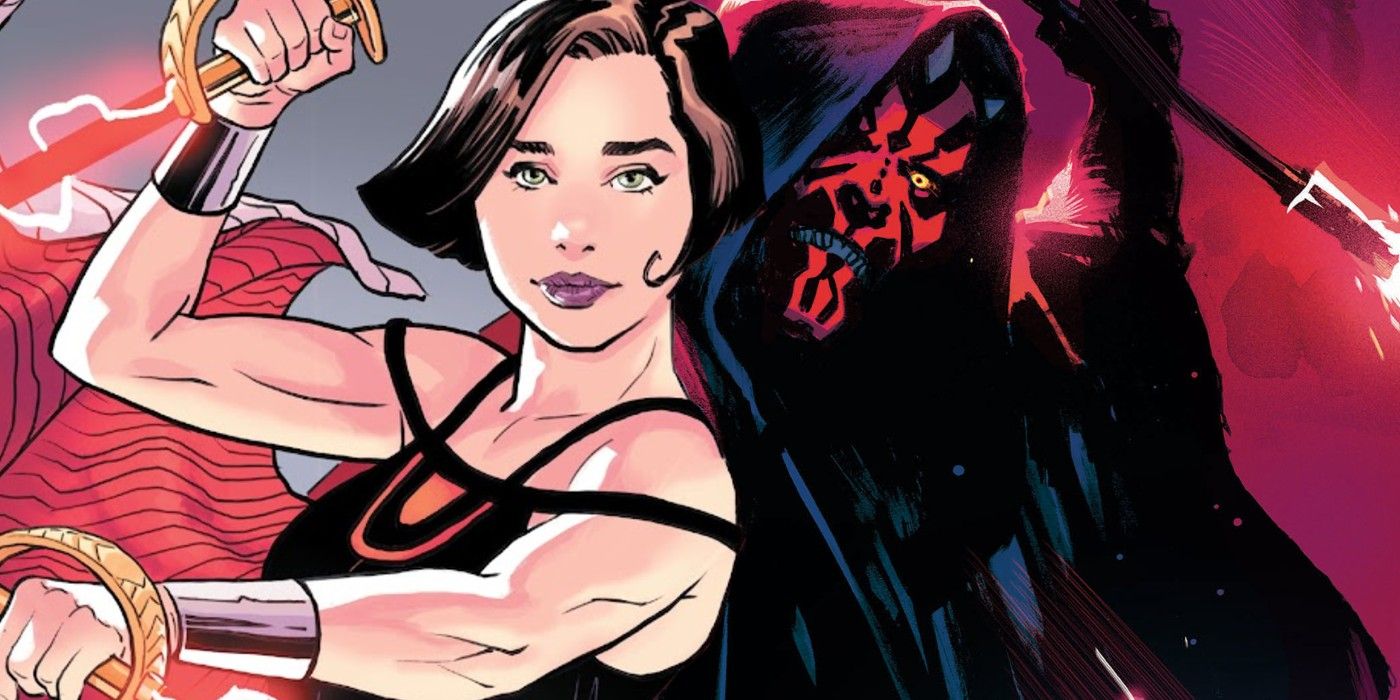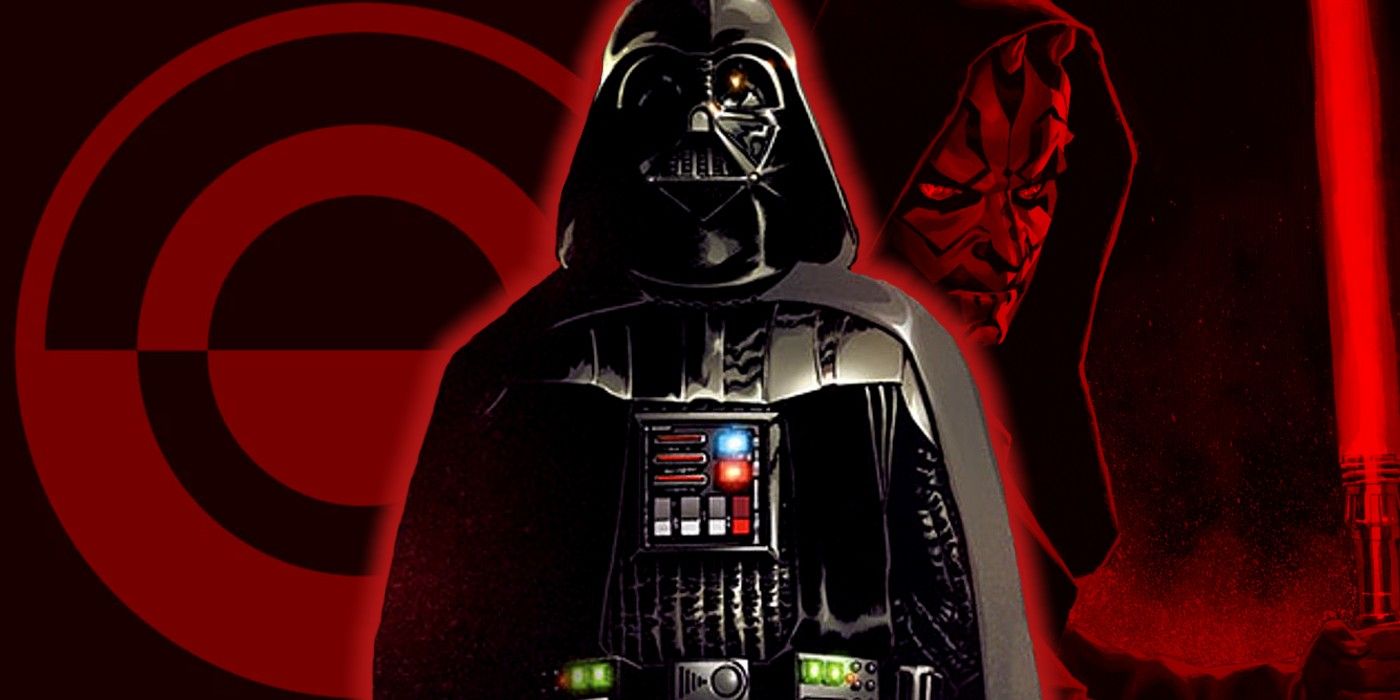
Darth Maul created Crimson Dawn as a weapon to be used against the Sith – but Star Wars has already explained why the criminal group could never succeed. Introduced in Solo: A Star Wars Story, Crimson Dawn was one of the most feared criminal empires in the so-called "Dark Times," during which the Empire ruled the galaxy. They had secretly been formed by former Sith apprentice Darth Maul, presumably with the intention of allowing them to get close enough to the Empire to destroy them.
Recent Star Wars comics have revealed Lady Qi'ra, Han Solo's ex, took control of Crimson Dawn after Darth Maul's disappearance and eventual death at the hands of Obi-Wan Kenobi. Under Qi'ra, Crimson Dawn became bigger than ever before. She cultivated a network of spies and saboteurs throughout the Empire, using them to undermine the reign of the Sith. At the same time, Lady Qi'ra seems to have collected precious artifacts from the past, even ones the Sith themselves feared too dark to use. And yet, for all Crimson Dawn's organization, in the end, it was not Lady Qi'ra who was destined to defeat the Sith - but Luke Skywalker, by redeeming his father Darth Vader.
There is a simple reason why Crimson Dawn could not defeat the Sith - and it is the same reason the Emperor did not fear the Rebellion, at least until Luke Skywalker joined their number and the light of hope began to shine across the galaxy again. It is because Palpatine understood the true battle was between the different aspects of the Force - the light side and the dark. The shadow of the dark side had consumed the galaxy, and the Emperor had successfully created a system where people could only oppose him by taking actions steeped in the dark. As Clone Wars creator Dave Filoni explained, "The Force naturally exists in balance; that balance is thrown out when someone chooses to give in to their fears and then spirals out of control making selfish choice after selfish choice. Fear leads to anger, anger leads to hate, hate leads to suffering... The choice between dark and light is often subtle and not limited to the Jedi and Sith. Everyone struggles with the balance between light and dark." As the master of the dark side of the Force, Palpatine had nothing to fear from Crimson Dawn; Qi'ra's organization involved treachery and betrayal, avarice and greed, all of which served as fuel for the Emperor. The more they struggled against him, the stronger he became.

Crimson Dawn's failure to defeat the Emperor shines a light upon the truly remarkable victory of Luke Skywalker in Return of the Jedi. That final battle on the second Death Star was a conflict between light and dark, with the Emperor attempting to persuade Luke to surrender to his own fear, anger, and hate. But, in the end, Luke refused to do so; he swore himself to the light side, no matter what, and in doing so he redeemed his father. When Darth Vader killed Palpatine, he did so out of love for his son, not hatred for his master, and so the shadow of the dark side was lifted from across the galaxy at last.
Lady Qi'ra's opposition to the Empire means her interests and those of the Rebel Alliance coincide - for now. But one group is allied with the light side of the Force, while another foolishly believes it is possible to defeat the Sith with the dark side. By the time of Return of the Jedi, there seems to be no trace of Crimson Dawn - suggesting all Qi'ra's plans failed, just as the Emperor - master of Star Wars' dark side - would have foreseen.
from ScreenRant - Feed https://ift.tt/3EWQzcB

0 Comments